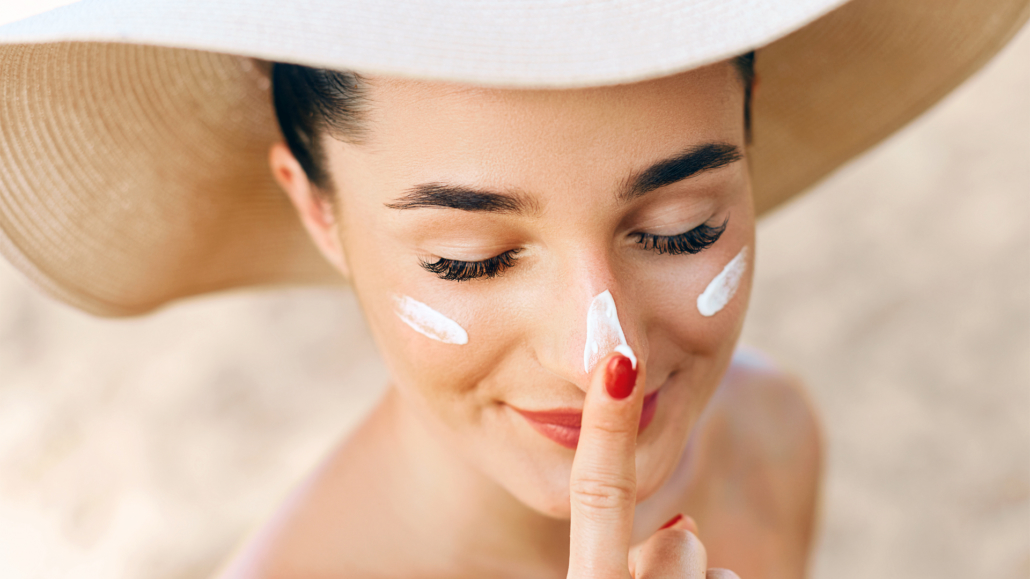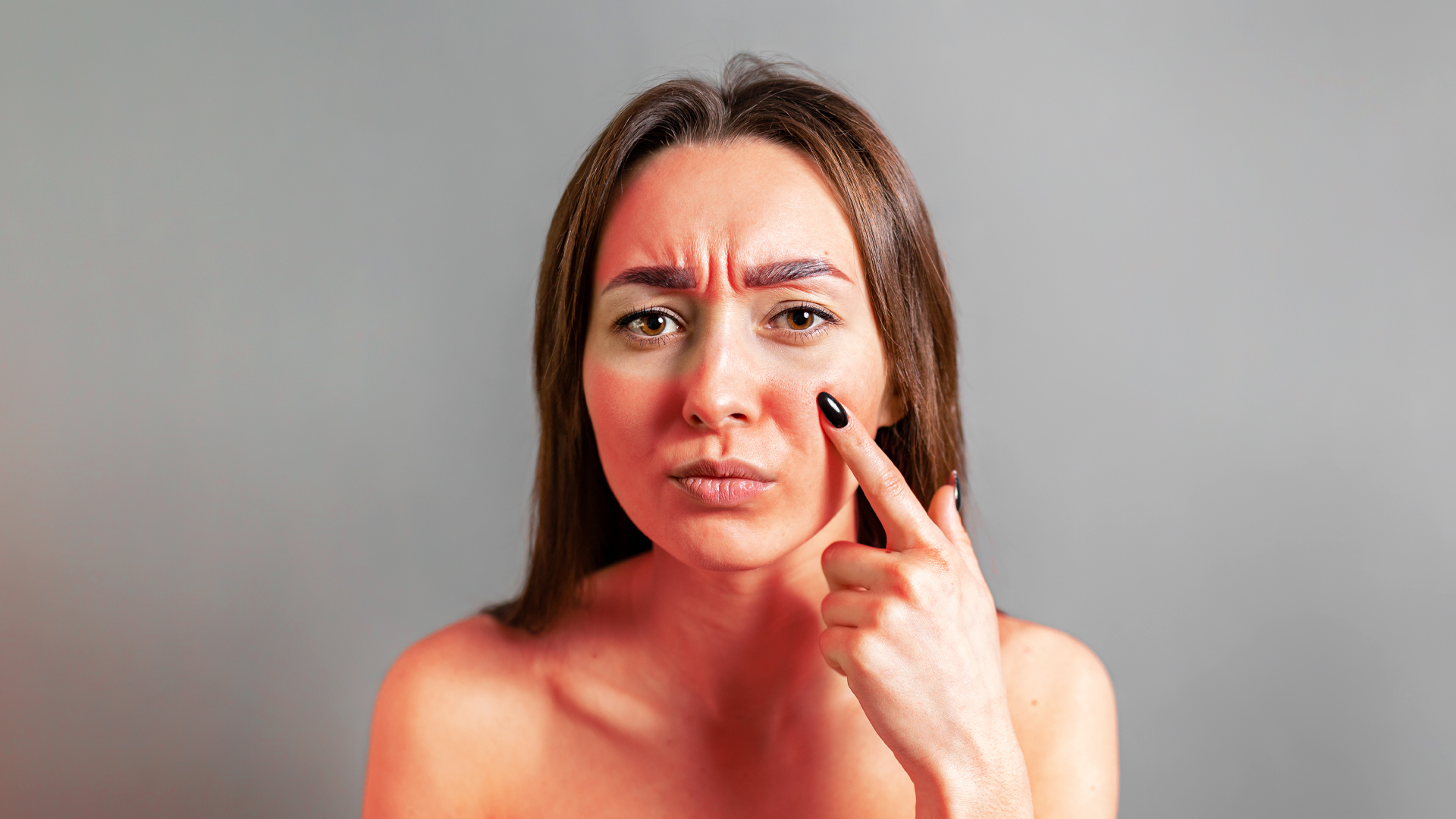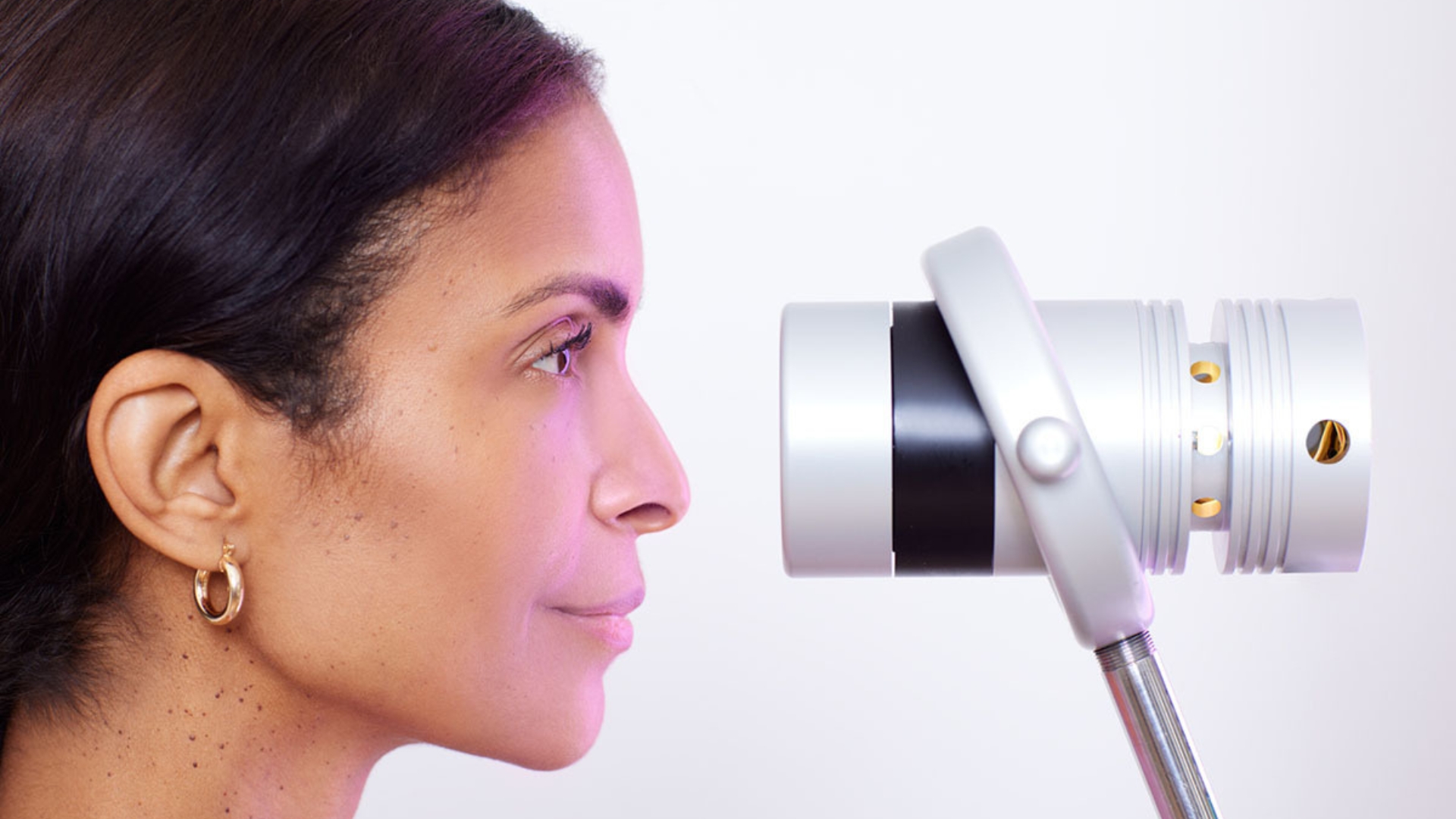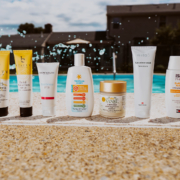Home Remedies For Sunburn: The Best Solutions For Fast Relief
We’re taught fairly early in life about the dangers of sunburn. While most of us have heeded the warning from childhood about not sticking fingers in electrical sockets, a shocking percentage of adults experience sunburn every year. In fact, the American Academy of Dermatology (AAD) says that one in three U.S. adults get sunburned annually. And according to a 2020 AAD survey, 60% of Americans have experienced a sunburn so uncomfortable that it hurts to have clothes on.
Of course, the danger of sunburn isn’t just the painful, itchy skin that can make wearing clothes, showering, and getting restful sleep difficult. Long-term, unprotected exposure to the skin is a major risk factor for developing skin cancer. But for now, let’s worry about how to alleviate sunburn using remedies at home.
In this article we’re going to cover:
- Causes of sunburn
- The first thing you should do when you notice sunburn
- How to heal sunburned skin quickly and effectively
- The best natural remedies for sunburn
- Oral
- Topical
- Antioxidants
- Sunburn care while traveling
- Prevention tips
What Causes Severe Sunburn?
Before we begin with home remedies, what causes severe sunburn in the first place? What is the dividing line between healthy skin exposure to the sun’s ultraviolet (UV) rays and dangerous exposure that can lead to skin cancer, the most common cancer diagnosed in the U.S.?
Exposing a good portion of your skin to the sun’s UV rays for as little as 10-15 minutes is all it takes for most people to synthesize vitamin D. Vitamin D helps us make hormones and supports the immune system, among other benefits. (People with darker skin need longer exposure to UV rays for vitamin D.)
However, spending too much time in the sun without applying sunscreen can damage your skin. This is especially true if it’s the hottest time of the day in summer when the sun’s UV rays are strongest. For this reason, the Environmental Protection Agency (EPA) recommends limiting unprotected exposure to the sun from 10 a.m. to 4 p.m.
Other factors that may contribute to sunburn include taking certain medications such as antibiotics (doxycycline, Bactrim), diuretics, and non-steroidal anti-inflammatories (NSAIDs).
What’s The First Thing You Should Do When Noticing Sunburn?
Take a cool bath as soon as possible. If no bathtub is available, apply cold compresses to the affected area. One of the most soothing things for skin is oatmeal. But don’t sprinkle a packet of breakfast oatmeal in the tub. That’s a recipe for backed-up plumbing. Instead, use colloidal oatmeal, which is basically oatmeal that’s finely ground into powder form. Colloidal oatmeal has anti-inflammatory properties.
If you don’t have any colloidal oatmeal on hand, the next best thing is milk. If you’re dairy-free, any plant-based milk will do the trick so long as it contains protein, which may help to heal the skin more quickly.
One of the best home remedies for sunburn are nonsteroidal anti-inflammatory drugs such as Ibuprofen. True, NSAIDs increase the risk of developing sunburn, but as long as you keep out of the sun, it will help relieve pain.
Once you have taken a bath or applied a cold compress, and have taken an anti-inflammatory, the next step is to apply a soothing gel to the skin such as aloe vera.
One of the best home remedies for sunburn that should be used as soon as possible flies under the radar. It’s called tamanu oil, a Polynesian remedy that is “proven to have potent anti-inflammatory, antioxidant, antimicrobial, analgesic, and even wound-healing abilities,” says a 2021 study in Evidence Based Complementary and Alternative Medicine.
To review, here are 4 immediate steps to take after sunburn:
- Take a cool bath, ideally with colloidal oatmeal or milk.
- Use a cold compress directly on the skin.
- Take an anti-inflammatory
- Apply aloe vera gel or tamanu oil
Healing Your Sunburn Quickly and Effectively
According to the AAD, don’t just take one bath immediately after you notice a sunburn. Keep taking them on a regular basis. But don’t towel dry the affected area. Besides the obvious pain factor, towel drying will dehydrate the skin. Use a moisturizer with aloe vera or soy to lock in moisture. (Applying tamanu oil will also help hydrate the sunburn.)
The AAD also emphasizes drinking plenty of water as getting sunburn can more easily cause dehydration. In addition, if your skin develops blisters, leave them alone.
The Best Natural Remedies for Sunburn
Topical Remedies
We’ve already mentioned colloidal oatmeal, aloe vera gel and tamanu oil. In addition, hydrocortisone cream (1%) may help with pain and swelling of the skin. You can also add one cup of apple cider vinegar and two cups of baking soda to a bath.
Witch hazel, suggests MedicineNet, can also be applied to the skin for sunburn relief. Other topical options include petroleum jelly or Aquaphor, especially for sunburned lips. And once the sunburn starts to heal, you can apply coconut oil, but never use it as a natural sunscreen because there is very little sun-protection factor (SPF) in it.
Essential oils can also gently be applied to sunburns. The best essential oils for treating sunburn include:
- Sandalwood – Research suggests it possesses anti-inflammatory and antioxidant properties.
- Lavender – One of the most well-researched essential oils. One review says, “The current body of literature suggests a potential therapeutic benefit of lavender essential oil in wound healing.”
- Peppermint – Medical News Today says a high-quality peppermint oil with at least 44% menthol possesses anti-inflammatory properties.
- Tea tree oil – Also called melaleuca, tea tree also has anti-inflammatory compounds and is supported by research for the potential to treat various skin conditions.
- Chamomile – Not only is it an effective calming tea, but the oil from chamomile may also the oil from chamomile may promote wound healing, says Medical News Today.
One topical remedy to avoid is benzocaine or any other remedy that ends with the “caine” suffix. The reason why is that they may irritate the skin or cause an allergic reaction, the Mayo Clinic advises.
Oral Remedies for Sunburn
Besides the obvious side effect of pain, sunburn can also cause annoying itchy skin as the skin begins to peel and heal. For this reason, the Mayo Clinic recommends taking an oral antihistamine such as diphenhydramine.
To reiterate, for painful blisters you can take Ibuprofen but make sure not to exceed the recommended dosage to avoid potential liver damage.
Antioxidants
Polyphenols are powerful antioxidant compounds in plant-based foods that the International Journal of Molecular Sciences says may be used for decreasing the damaging effects of ultraviolet A (UVA) and ultraviolet B (UVB) radiation on the skin.
According to WebMD, the best dietary sources of polyphenols include berries, cloves, peppermint, star anise, cocoa powder, nuts, and flaxseeds. Consuming a large amount of dark, leafy green vegetables also supplies a good source of polyphenols.
In addition to dietary polyphenols, you can also apply topical antioxidants such as Vitamin E oil. Vitamin C is also an antioxidant and sunburn may require the body to consume more of it.
What To Do for Instant Sunburn Relief While Traveling
Few things can spoil a vacation like a bad case of sunburn. Applying the aforementioned tips—cold compresses, cool baths, aloe vera gel, ibuprofen—won’t magically make the sunburn instantly disappear, but it may help you recover more quickly, so hopefully you’ll be able to at least enjoy some of your trip.

Prevention is the Best Medicine
Obviously, avoiding getting a sunburn is the ounce of prevention worth a pound of cure. In the hot summer months, we may feel the urge to wear as few clothes as possible. But forgetting to cover up an area of the skin such as the back of the neck for as little as 20 minutes or so is all it takes to develop a bad sunburn.
Wear safari-style hats with neck and upper-back coverings. Invest in long-sleeve wicking clothing that pulls moisture away from the body (keeps you cooler and prevents sunburn). Don’t forget to apply sunscreen to the feet, hands, and ears.
A little sun exposure without sunscreen early in the morning or late in the afternoon may help optimize your vitamin D levels. But for the rest of the day, use sunscreen and cover-up.
Disclaimer: The statements made in this article have not been evaluated by the Food and Drug Administration. Any products or treatments mentioned are not intended to diagnose, treat, cure, or prevent any disease. Please consult a licensed medical practitioner for medical advice.
At Innovative Medicine, we believe in transparency. We want you to know that we may participate in affiliate advertising programs pertaining to products mentioned herein.
See how we can help you restore complete health of body, mind & spirit.
Join our mailing list and receive exclusive offers + information!







Leave a Reply
Want to join the discussion?Feel free to contribute!